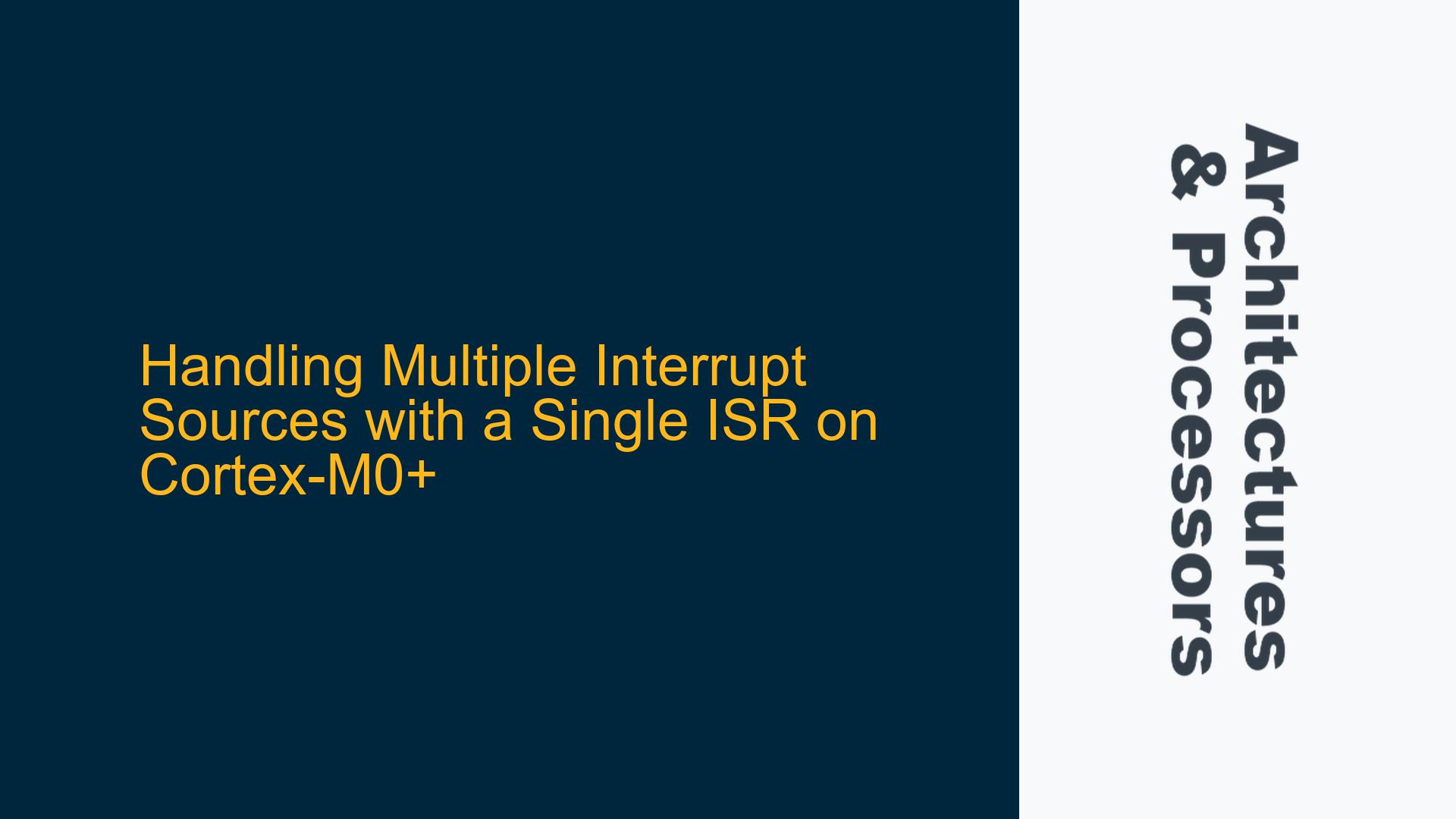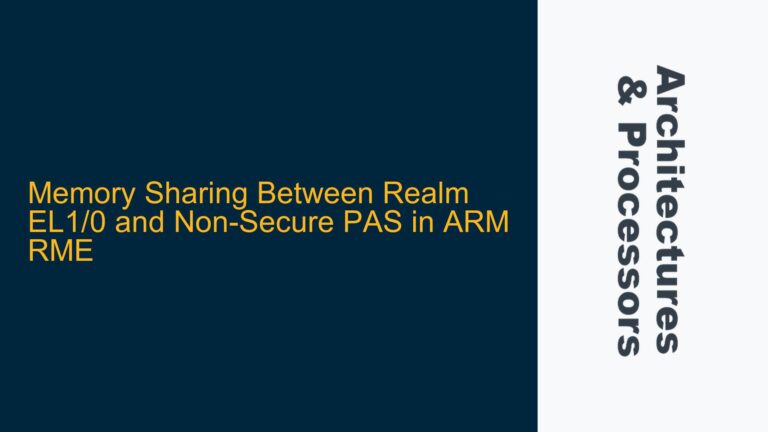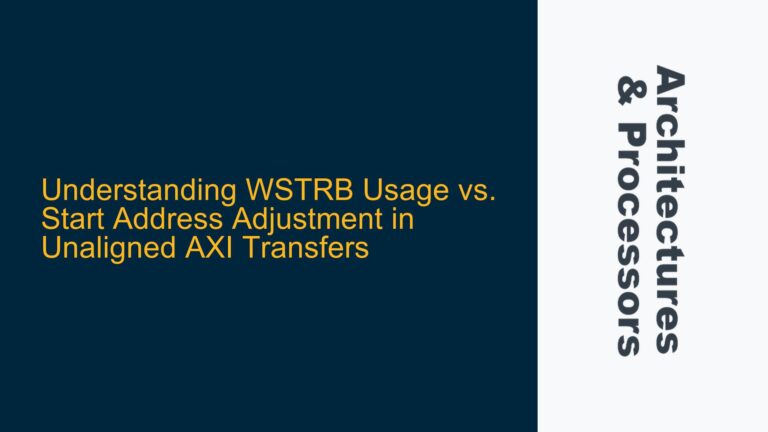Using __get_IPSR() to Identify Interrupt Sources in a Shared ISR
The Cortex-M0+ microcontroller, like other ARM Cortex-M processors, supports a flexible interrupt handling mechanism that allows developers to use a single Interrupt Service Routine (ISR) for multiple interrupt sources. This approach is particularly useful when implementing an "OS-like" function that centralizes interrupt handling, performs privilege or stack adjustments, and dispatches to user-defined ISRs based on the interrupt source. The key challenge in this scenario is identifying the specific interrupt source within the shared ISR. The Cortex-M0+ provides a built-in mechanism to achieve this through the __get_IPSR() intrinsic, which returns the Interrupt Program Status Register (IPSR) value. This register contains the currently executing interrupt number, enabling the ISR to determine the source of the interrupt and take appropriate action.
The IPSR value is an integer where:
- 0 indicates Thread mode (no active interrupt).
- 1 corresponds to the Reset interrupt.
- 2-15 are reserved for system exceptions (e.g., NMI, HardFault).
- 16 and above represent external interrupts (IRQs).
By calling __get_IPSR() within the ISR, developers can obtain the interrupt number and use it to index into a jump table or perform a conditional branch to the appropriate user ISR. This method eliminates the need for separate ISRs for each interrupt source, reducing code duplication and simplifying maintenance. However, it requires careful implementation to ensure efficient and reliable interrupt handling.
Challenges in Centralized Interrupt Handling and Privilege/Stack Management
While using a shared ISR for multiple interrupt sources offers several advantages, it introduces complexities related to privilege level transitions and stack management. The Cortex-M0+ processor supports two privilege levels: Thread mode (unprivileged) and Handler mode (privileged). When an interrupt occurs, the processor automatically switches to Handler mode and uses the Main Stack Pointer (MSP). However, if the application requires switching to a different stack or privilege level within the ISR, additional steps are necessary.
One common requirement is to execute user-defined ISRs in Thread mode or with a different stack pointer. This can be achieved by manually adjusting the CONTROL register and stack pointers within the shared ISR. However, these operations must be performed with caution to avoid corrupting the stack or leaving the system in an inconsistent state. For example, switching from the MSP to the Process Stack Pointer (PSP) requires saving the current context, updating the CONTROL register, and restoring the context from the new stack.
Another challenge is ensuring that the shared ISR does not introduce excessive latency. Since the ISR must first identify the interrupt source before dispatching to the user ISR, the additional processing overhead can impact real-time performance. This is particularly critical in systems with tight timing constraints or high interrupt rates. To mitigate this, developers should optimize the shared ISR by minimizing the number of instructions executed before dispatching to the user ISR.
Implementing a Shared ISR with __get_IPSR() and Efficient Dispatch Logic
To implement a shared ISR that handles multiple interrupt sources, developers should follow a structured approach that combines the use of __get_IPSR() with efficient dispatch logic. The first step is to define a table of function pointers that map interrupt numbers to user ISRs. This table can be stored in ROM or RAM, depending on the application’s requirements. The shared ISR then uses the value returned by __get_IPSR() to index into this table and call the appropriate user ISR.
Here is an example implementation in C:
#include <stdint.h>
#include <arm_cmse.h>
// Define a table of function pointers for user ISRs
void (*isr_table[32])(void);
// Shared ISR
void Shared_ISR(void) {
uint32_t ipsr = __get_IPSR();
uint32_t interrupt_number = ipsr - 16; // Adjust for IRQ numbering
if (interrupt_number < 32 && isr_table[interrupt_number] != NULL) {
isr_table[interrupt_number](); // Call the user ISR
}
}
// Example user ISR for IRQ0
void User_ISR_IRQ0(void) {
// Handle IRQ0
}
// Example user ISR for IRQ1
void User_ISR_IRQ1(void) {
// Handle IRQ1
}
// Initialize the ISR table
void Initialize_ISR_Table(void) {
isr_table[0] = User_ISR_IRQ0;
isr_table[1] = User_ISR_IRQ1;
// Initialize other entries as needed
}
In this example, the Shared_ISR function retrieves the interrupt number using __get_IPSR(), adjusts it for IRQ numbering, and uses it to index into the isr_table. If a valid user ISR is found, it is called. This approach ensures that the shared ISR remains compact and efficient, while allowing for flexible and maintainable interrupt handling.
To further optimize the shared ISR, developers can use inline assembly or compiler-specific attributes to reduce function call overhead. For example, the __attribute__((naked)) attribute in GCC can be used to eliminate the function prologue and epilogue, reducing the number of instructions executed in the shared ISR.
Additionally, developers should consider the impact of nested interrupts and prioritize critical interrupts to ensure that the system remains responsive. The Cortex-M0+ supports interrupt prioritization through the Nested Vectored Interrupt Controller (NVIC), which can be configured to prioritize certain interrupts over others. By combining efficient dispatch logic with proper interrupt prioritization, developers can create a robust and high-performance interrupt handling system on the Cortex-M0+.






